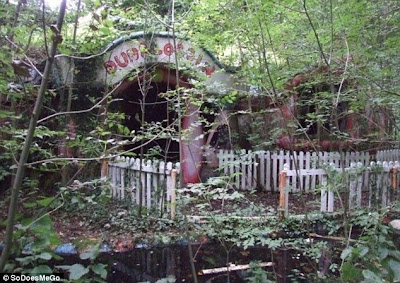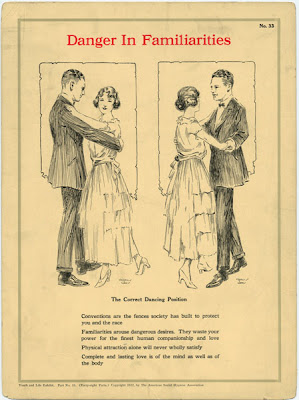The International Working Men's Association (later know as the First International) was established in 1864, with its famous
statement 'That the emancipation of the working classes must be conquered by the working classes themselves, that the struggle for the emancipation of the working classes means not a struggle for class privileges and monopolies, but for equal rights and duties, and the abolition of all class rule'.
The following year, the International Working Men's Association held a
conference in Londonas part of which, on the the 28th September 1865, they held a soiree at St Martin's Hall in Long Acre. According to the
programme, the aim was 'To celebrate the foundation of the Association; to welcome the Continental delegates; and to congratulate the people of America on the abolition of slavery, and the triumph of the Republic. It promised 'Tea on the table at half past seven. During the tea the band of the Italian Working Men’s Association will perform', speeches in English, French and German, and songs from The German Chorus.
Then it was time for dancing, with a challenging international programme of dance styles. The programme continues:
'At half past 10 dancing will commence:
1st. — Palermo Polka — Canti
2nd. — Quadrille
3rd. — Schottische
4th. — Valse — Godfrey
5th. — Lancers — Albert
6th. — Mazurka
7th. — Caledonians — Cootes
8th. — Varsovienne — Tonatta
9th. — Polka Italia — Martini
An interval of 20 minutes for refreshment and, promenade
PART II
1st. — Parisian Quadrille
2nd. — Schottische
3rd. — Lancers — Albert
4th. — Valse — Godfrey
5th. — Polka la bella — Gigogine Giorgi
6th. — Caledonians — Cootes
7th. — Mazurka
8th. — Quadrille
9th. — Varsovienne and Gallop
Cards of membership can be obtained in the Committee room, under the platform. Enter by the left hand door. FEMALES are eligible as members. Annual Subscription, 1s. 1d. Address and Rules, 1d. Wines, spirits, ales, stout, tea, coffee, &c., at tavern prices'.
The event was reported in the
Workman's Advocate No. 135, October 7, 1865:
'The hall was most appropriately decorated with flags of the different nationalities, the place of honour being assigned to the Stars and Stripes of America. The soirée served a threefold purpose — first, to celebrate the anniversary of the Association; secondly, to welcome the Continental delegates; and, thirdly, to adopt an address to the people of America congratulating them on the success of the Federal arms and the extinction of slavery. Over 300 sat down to tea, the social qualities of which seemed equally to be appreciated by the Continental delegates and their English friends.
The speaking was interspersed with music and singing by the Garibaldian Band and the German Working Men’s Choir, which gave the Marseillaise and other pieces with much effect.
The hall was then cleared for dancing, which amusement was followed up with much spirit for some hours. At two o’clock the Committee and delegates assembled in the Committee room, where Citizen Cremer was most warmly received, and the thanks of the delegates accorded to him for the able manner in which the soirée had been got up and the splendid success they had that night witnessed'.
Karl Marx was certainly present at the conference, whether he was up for the four hour dancing session I do not know.













































